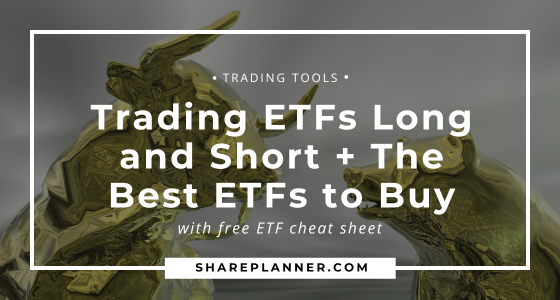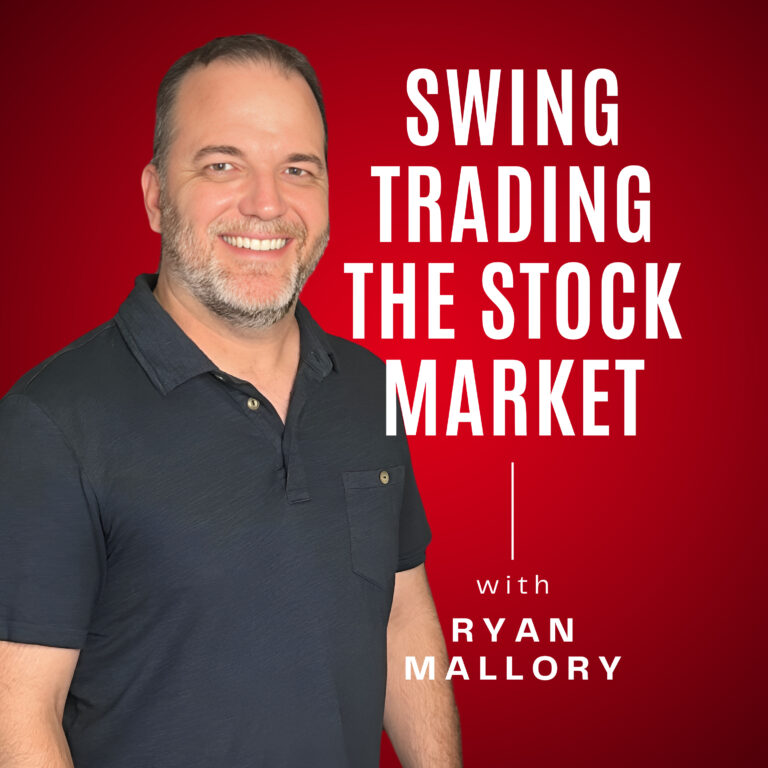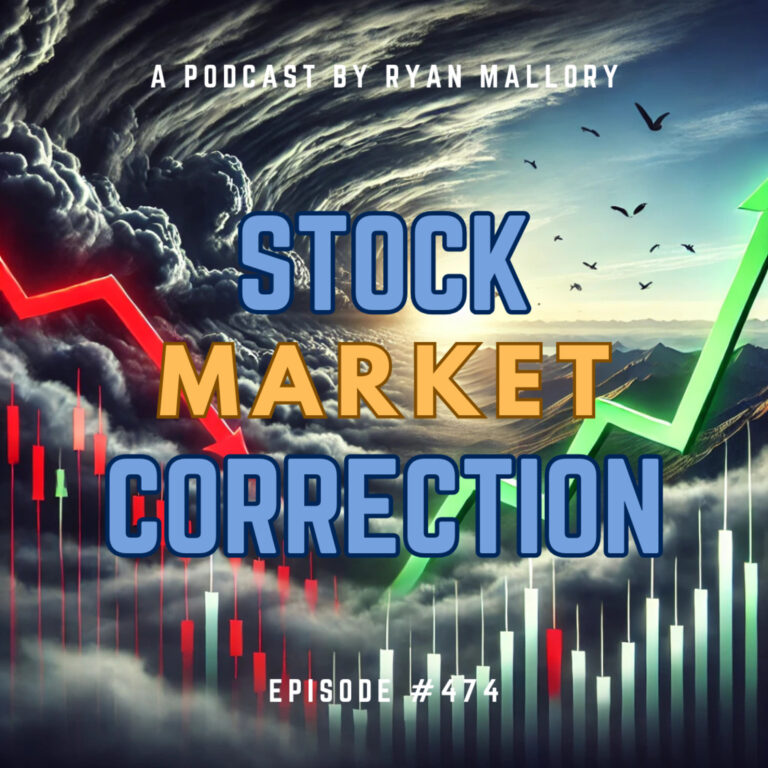Finding the Best ETFs for Trading
Exchange Traded Funds (ETFs) are all the rage these days. Traders are always on the hunt for the latest and greatest ETFs and what is the best ETF to trade on a day-to-day basis. ETFs come in all shapes and sizes and each day it seems like there is a new, obscure ETF trading a specific niche that catches the attention of traders.

You have to be careful though when it comes to ETFs and make sure that you are fully aware of the pitfalls and benefits that come with them.
Types of ETFs:
- Leveraged ETFs
- Volatility ETFs
- Industry ETFs, like Biotech and Finance
- Bullish ETFs
- Bearish ETFs
It is critically important that you know what comprises an ETF and what its characteristics are. Not only that, but you have combination ETFs where you can trade a leveraged, industry specific ETF, short. So knowing what the ETF specifically does is critically important to you being a successful ETF trader.
The Best ETFs to Trade is Based on Many Characteristics
There are good ETFs and bad ETFs.
First of all, in case you didn’t know, ETFs stand for Exchange Traded Funds. They can be pretty much anything they want to be and in recent years, they have changed the landscape of the financial markets, and are often blamed for much of the sharp and volatile swings the market is accustomed to.
What are some of the key aspects that you are looking for in a quality ETF? Glad you asked!
Traits of the Best ETFs to Buy: Volume
Just because it is an ETF, doesn’t mean everyone is trading it. You don’t want to find yourself in an illiquid ETF and there are plenty of those types out there. As a rule of thumb, I use the 50-day moving average on the volume, and if it has a daily average of around 200,000, I am fine with that.
Leverage ETFs and Time Decay:
This you really have to be careful of. No matter the market, always be aware of what kind of leverage the ETF possesses. There are tons of ETFs that give you a 3:1 return of the market’s return. If you’re not careful, you might be getting in a leveraged ETF, without even realizing it. Make sure you know the exact the leverage.
One of my favorite leveraged ETFs is the ProShares UltraPro S&P 500 (UPRO) which provides three times the return of the S&P 500. The downside, is that it will provide three times the loss of the S&P 500 too.
But 2x and 3x ETFs have a significant time decay element to them, as they reset each day which causes the losses over time to become more exaggerated. Therefore, the positive return of a leveraged 3x ETF overtime is much less than 3x and the negative side of a 3x ETF is actually much more than that, to the tune of 4x or 5x if not more.
The greater the leverage, the greater the time decay!
Take Direxion Financial Bull 3x Shares (FAS) and Direxion Financial Bear 3x Shares (FAZ) for example, they represent the bullish and bearish sides of the financial industry with a three-to-one return for each direction. Nonetheless, look at the seven year chart of the ETF and you’ll see that despite the market trading at new all-time highs, these ETFs are doing horrible.
Now check out SPDRs Select Sector Financial ETF (XLF). This is a 1:1 ETF of the financial sector, and while it nearly double the November ‘08 highs (currently $23.15 vs. 13.41), the 3x Bullish Financial ETFs has just barely eclipsed the the November ‘08 highs (currently $41.10 vs. $40.77). In essence, the 1:1 XLF return was a far better long-term investment than the 3:1 return of FAS.
Even worse, the time decay in FAZ, can really be seen when considering all the reverse splits it has had to undergo overtime, has seen its value drop from $161k/share in November ‘08 to currently a price of $21.49. That is beyond a 99.99% drop in FAS over that 7 year period.
Despite XLF being practically flat during that time frame, FAS was not with its returns. And of course that is because of the time decay element of leveraged ETFs.
Leveraged ETFs were not meant to be long-term holds. For me, I won’t hold one longer than two-to-three weeks before I dump it and even that is pushing it for me.
[Related: 5 Trading Tips for Becoming Mentally Tough]Trading Directional ETFs Long and Short
Directional ETFs are a great way to play the market both ways – Long and Short. Perhaps the greatest characteristic of a ETF is being able to short an index or industry by simply buying an ETF. I like Directional ETFs (they can also be leveraged too), but like any other trade, I only like them when I can control the risk. If I can keep risk to a minimum, then yes, leveraged, directional ETFs can create a great reward-to-risk opportunity that you won’t want to pass up.
I like trade UPRO (3:1 return of the S&P 500) following severe market corrections and when a base looks like it is in place. I will use a stop-loss of around 2-3% max, and once the price action breaks out of a nicely developed base on the 5 minute chart, that is when I pull the trigger.
I keep the potential loss very small which allows me to put myself in a position for a very solid reward relative to the risk that I undertook on the trade.
There are plenty of directional ETFs that I will happily trade, but my favorites are the ProShares ETFs UPRO that I just mentioned and SPXU, which is leveraged, 3:1 plays of the S&P 500.
Industry ETFs
I don’t trade Industry ETFs all that much, unless I am not comfortable with the individual stocks of that particular industry. Regardless of whether I am bullish or bearish on an industry, the best trading method for trading Industry ETFs is to only do so when either:
- There are no legitimate long or short setups within individual stocks but there is one among the industry ETF or
- The volatility or risk within the stocks of that industry itself warrants that you mitigate the risk by trading the industry ETF instead – so that the risk is spread out among lots of stocks.
Most common industry ETFs is found within the iShares offerings like the Nasdaq Biotechnology Index Fund (IBB) or SPDRs ETFs like SPDRs Select Sector Financial (XLF) in the financial sector.
Be sure to download my Personal ETF Cheat Sheet for the Best ETFs to Buy and Trade below to see what I like to trade most frequently and for which specific circumstances.

Volatility ETF
Don’t trade these. Please don’t trade the VIX ETFs. There are a million ways to make money in the stock market, and volatility ETFs are not one of them. Yes, some will espouse their benefits and how great they are if you time them correctly. But in the grand scheme of things, volatility or VIX based ETFs are killers to a portfolio. Going long on them has historically been a losing proposition as they eventually revert to the mean. If you short them, sometimes the risk that you take on can be too much to endure before they subsequently sell back off again. As a result, margin calls and stop-losses will be quickly achieved if you don’t time the trade right and when it comes to timing it, there is no way to really do so.
Bottom line: Don’t trade Volatility ETFs.
Biotechs ETF
What makes an ETFs truly great is in the case of Biotechs. There is no doubt that if you hit one of the many thousands of biotech stocks out there just right, you stand to make tons of money. But on the flip side you equally stand to lose just as much. That makes trading biotech stocks a very risky proposition.
But that doesn’t mean you can’t benefit from trading biotechs using the biotech ETF from iShares called the Nasdaq Biotechnology Index Fund ETF (IBB). I trade this particular biotech ETF quite regularly because, let’s face it, it has nowhere near the risk that individual biotech stocks have.
By trading the Biotech ETF stock (IBB) you are able to trade a basket of biotech stocks which spreads the individual risk of biotech stocks across a multitude of companies. So for instance if Gilead Sciences (GILD) does not get an approval from the FDA for a major drug product and consequently the stock drops 20-30%, sure, the iShares Biotech (IBB) is going to take a hit, but it will probably only be 2-3% to the downside and as a result your risk will be curbed.
So in the case of ETFs, they are also great vehicles for trading entire industries, in which the individual stocks within that industry is laden with massive amounts of risk. When it comes to biotech stocks – I don’t trade them. BUT I will trade the iShares industry Biotech ETF – IBB.
Bottom Line for Trading a ETFs Long and Short
When it comes to trading the stock of a company, you are really concerning yourself with the company itself and what they do, and whether that is something you want to involve yourself in. When it comes to buying an ETF, it goes well beyond that. Knowing the best ETF to trade is more than just a symbol and what it does. There is so much to consider – industry, leverage, time decay, inherent volatility, direction. When it comes to trading an ETF you have to make sure it suits you, your personality and what you are looking to achieve in your trading.
And don’t forget to download my personal ETF Cheat Sheet for the Best ETFs to Buy and Trade.
Become part of the Trading Block and get my trades, and learn how I manage them for consistent profits. With your subscription you will get my real-time trade setups via Discord and email, as well as become part of an incredibly helpful and knowledgeable community of traders to grow and learn with. If you’re not sure it is for you, don’t worry, because you get a Free 7-Day Trial. So Sign Up Today!

Welcome to Swing Trading the Stock Market Podcast!
I want you to become a better trader, and you know what? You absolutely can!
Commit these three rules to memory and to your trading:
#1: Manage the RISK ALWAYS!
#2: Keep the Losses Small
#3: Do #1 & #2 and the profits will take care of themselves.
That’s right, successful swing-trading is about managing the risk, and with Swing Trading the Stock Market podcast, I encourage you to email me (ryan@shareplanner.com) your questions, and there’s a good chance I’ll make a future podcast out of your stock market related question.
It's 2025 and we have for ourselves a stock market correction. I get that some people are calling it a stock market crash already, but that is certainly pre-mature and short-sighted. Let's call it for what it is right now, and that is a stock market correction. In this podcast episode, Ryan discusses how important it is to be risk managers in our trading and how we can weather the storms of the market and even profit from a stock market correction. This is an incredibly important podcast episode that you won't want to miss!
Be sure to check out my Swing-Trading offering through SharePlanner that goes hand-in-hand with my podcast, offering all of the research, charts and technical analysis on the stock market and individual stocks, not to mention my personal watch-lists, reviews and regular updates on the most popular stocks, including the all-important big tech stocks. Check it out now at: https://www.shareplanner.com/premium-plans
📈 START SWING-TRADING WITH ME! 📈
Click here to subscribe: https://shareplanner.com/tradingblock
— — — — — — — — —
💻 STOCK MARKET TRAINING COURSES 💻
Click here for all of my training courses: https://www.shareplanner.com/trading-academy
– The A-Z of the Self-Made Trader –https://www.shareplanner.com/the-a-z-of-the-self-made-trader
– The Winning Watch-List — https://www.shareplanner.com/winning-watchlist
– Patterns to Profits — https://www.shareplanner.com/patterns-to-profits
– Get 1-on-1 Coaching — https://www.shareplanner.com/coaching
— — — — — — — — —
❤️ SUBSCRIBE TO MY YOUTUBE CHANNEL 📺
Click here to subscribe: https://www.youtube.com/shareplanner?sub_confirmation=1
🎧 LISTEN TO MY PODCAST 🎵
Click here to listen to my podcast: https://open.spotify.com/show/5Nn7MhTB9HJSyQ0C6bMKXI
— — — — — — — — —
💰 FREE RESOURCES 💰
My Website: https://shareplanner.com
— — — — — — — — —
🛠 TOOLS OF THE TRADE 🛠
Software I use (TC2000): https://bit.ly/2HBdnBm
— — — — — — — — —
📱 FOLLOW SHAREPLANNER ON SOCIAL MEDIA 📱
X: https://x.com/shareplanner
INSTAGRAM: https://instagram.com/shareplanner
FACEBOOK: https://facebook.com/shareplanner
STOCKTWITS: https://stocktwits.com/shareplanner
TikTok: https://tiktok.com/@shareplanner
*Disclaimer: Ryan Mallory is not a financial adviser and this podcast is for entertainment purposes only. Consult your financial adviser before making any decisions.




